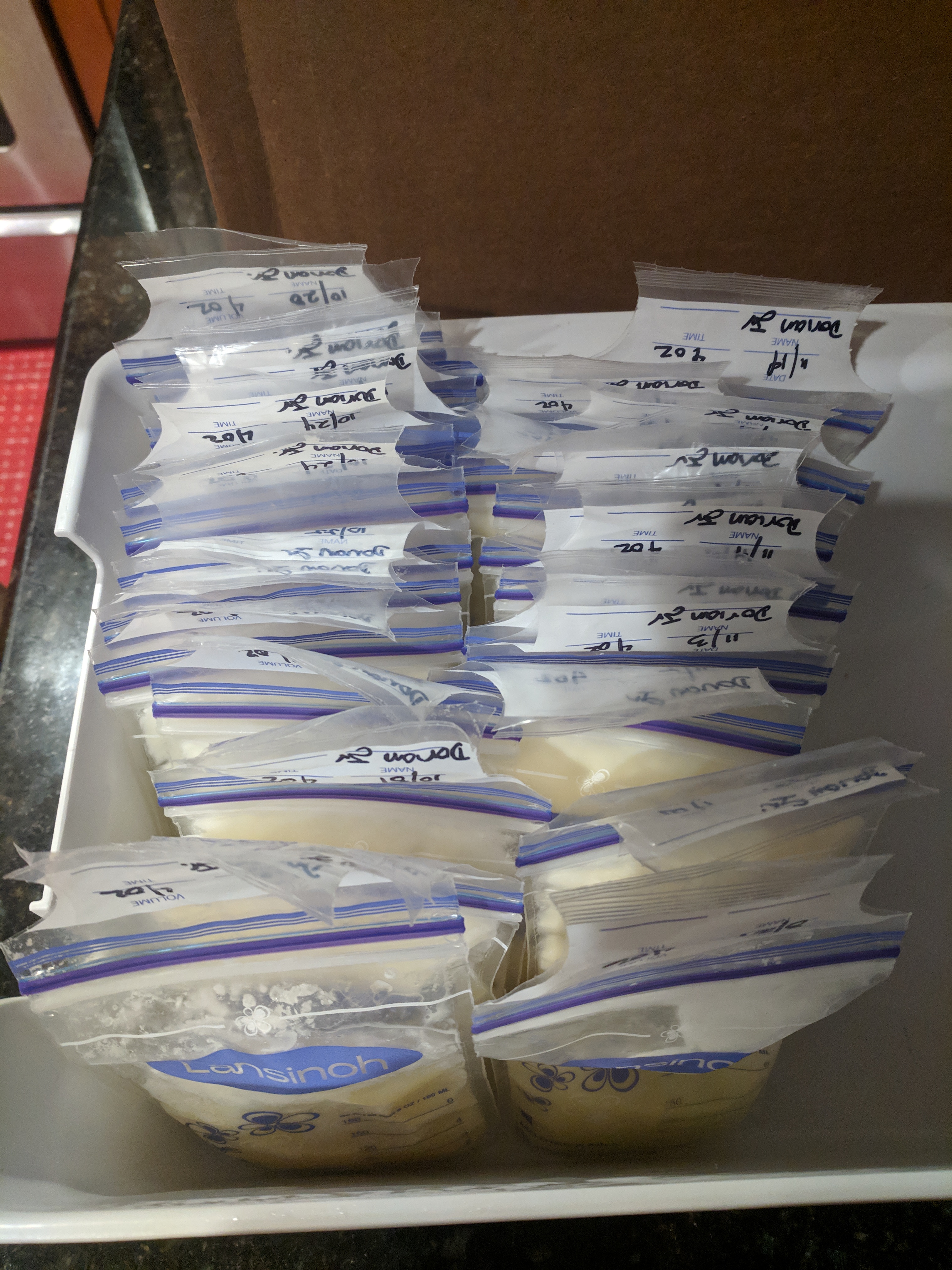
We had an amazing time traveling to California for my brother’s wedding. One of the best parts was being able to spend so much uninterrupted time with Junior! We were able to breastfeed on demand like back in the old days of maternity leave. But that means I didn’t pump.

Typically, I’m on a strict schedule of pumping every 2 hours while at work, without fail! So, I was shocked at my dwindled output when I returned after a week. For a moment, I was anxious that was it for my breastfeeding/pumping journey. But a little determination and sacrifice brought my supply back to it’s normal level. Here’s how I did it.
I returned to work after a week, and started my day with a 15-20 minute pumping session before seeing patients, as usual. I usually pump 7oz between my morning sessions, and 12-13oz total for the day. So you could imagine my dismay when I pumped 4oz in the morning, and only 7oz in total that first day. For a quick second, I was afraid my time breastfeeding/pumping was coming to an end. But I wasn’t ready to just give up.

So on day 2, I committed to power pumping. That meant pumping for 15-20 minutes hourly, and even for a short period of time any time I had a break between patients. I made sure to breastfeed on demand through the night, and increase my intake of healthy fruits, veggies, grains, and most importantly WATER! That day, I pumped 5oz in the morning and 10oz total for the day.
I kept up the hourly pumping, and by day 3 I was back to 7oz pumped in the morning, and 11.5oz for the day. By day 4, I was back to my normal 7oz in the morning, 12.5oz for the day. My usual sensation of let down and fullness also returned. I committed to adding pumping sessions over the weekend, even though I don’t usually pump on Sundays.

This reflects the relationship between supply and demand in breastfeeding. Typically, you will be able to maintain your supply as long as the demand is there. Since I didn’t pump in a week, my body thought the demand wasn’t there. Of course, you may note normal fluctuations in the supply with menstruation, ovulation, or even stress. And as solid food is added to your baby’s diet, the demand for breast milk may also decrease.
But if you notice a drop in your normal supply, don’t throw your hands up and quit (if your goal is to continue breastfeeding). You can usually re-establish your supply with a little work!










